【Watch Boarding House Hungry Wolves 2 Online】
The Watch Boarding House Hungry Wolves 2 OnlineChinese Photobook
Look
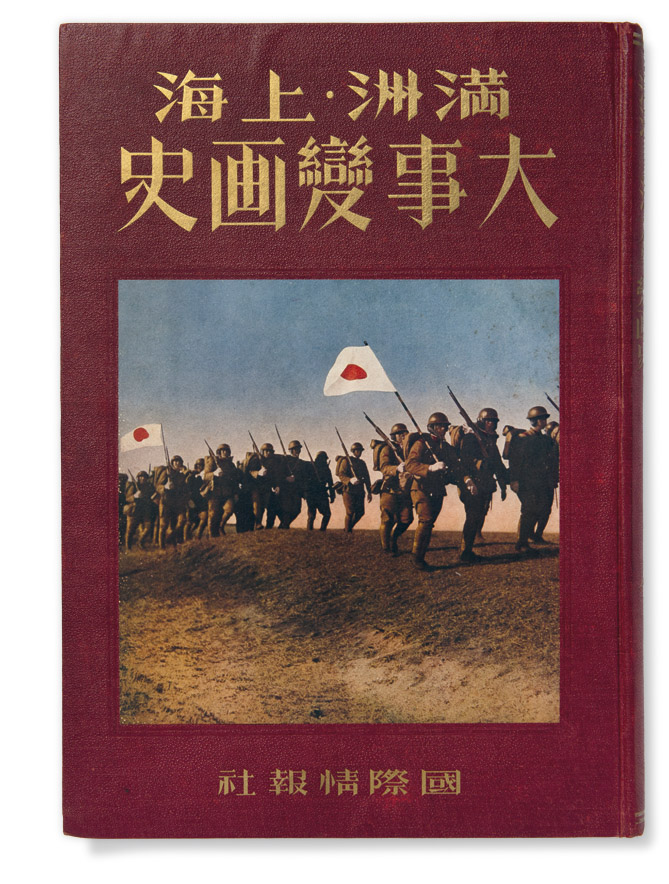
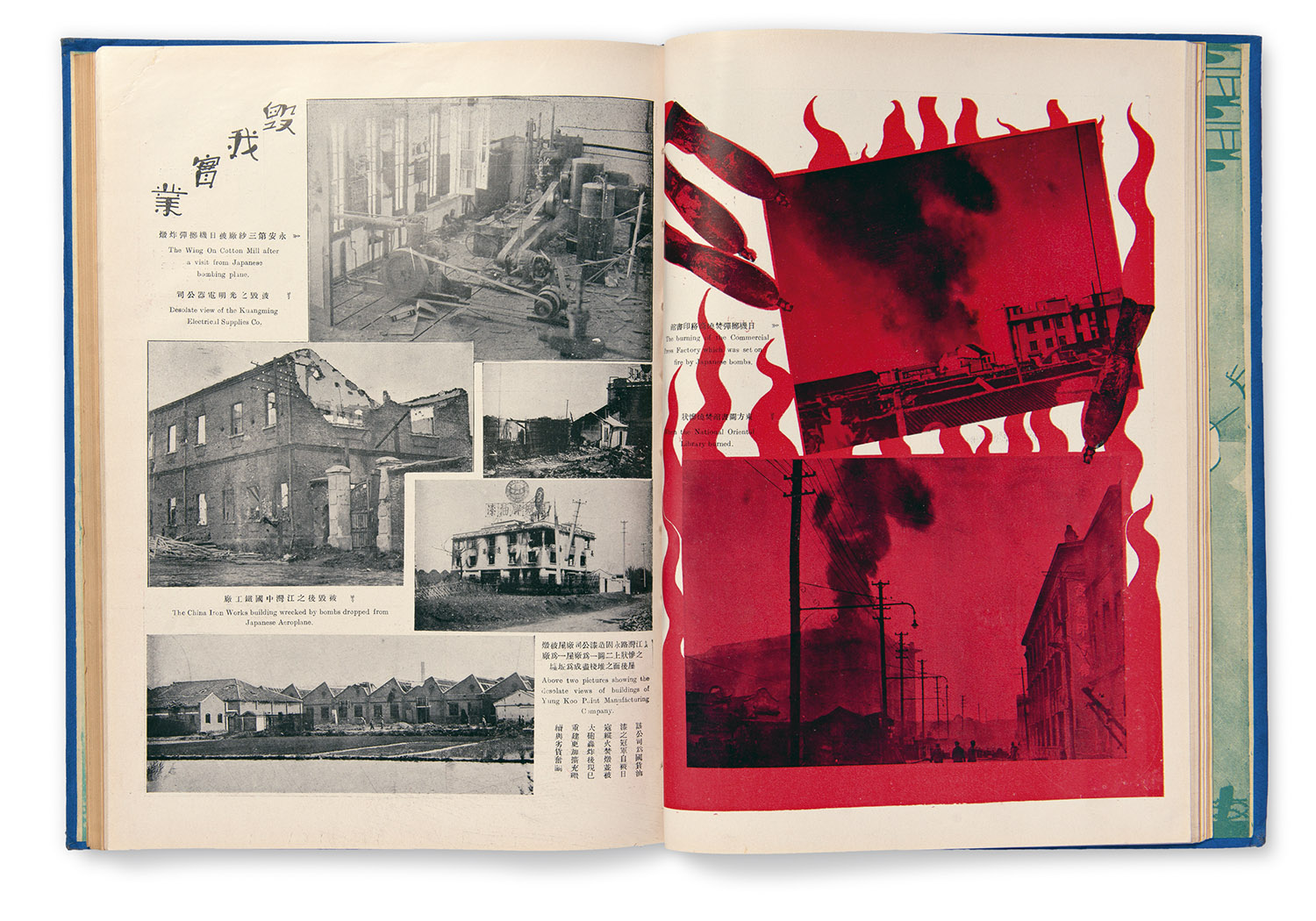
Cover and interior selection from Pictorial Review of the Sino-Japanese Conflict in Shanghai. Shanghai: Wen Hwa Fine Arts Press, Ltd., 1932. From The Chinese Photobook(Aperture, 2015).
Even with the advent of digital photography, it’s never been easy to publish a book of photographs: time, labor, and production costs ensure that such projects can’t be undertaken casually, at least not well. There’s something inherently lavish in a book of pictures, something that makes the eyebrows rise. A photobook, with its unwieldy trim size, its color printing, and its demanding design constraints, always answers to a grave question of purpose: What does it do? Why did it need to exist? Does it serve merely to bring prestige to your coffee table, or can it act to didactic, moral, or even geopolitical ends? If some publisher’s going to pony up, those questions are less rhetorical than they might sound.
“The Chinese Photobook,” a new exhibition at Aperture Gallery curated by Martin Parr and the Dutch “artist-duo” WassinkLundgren, surveys more than a century of China’s rich photo-book publishing history. It surprises both in its complex portrayal of Chinese history and in the depth it gives to photo-book publishing as an enterprise.
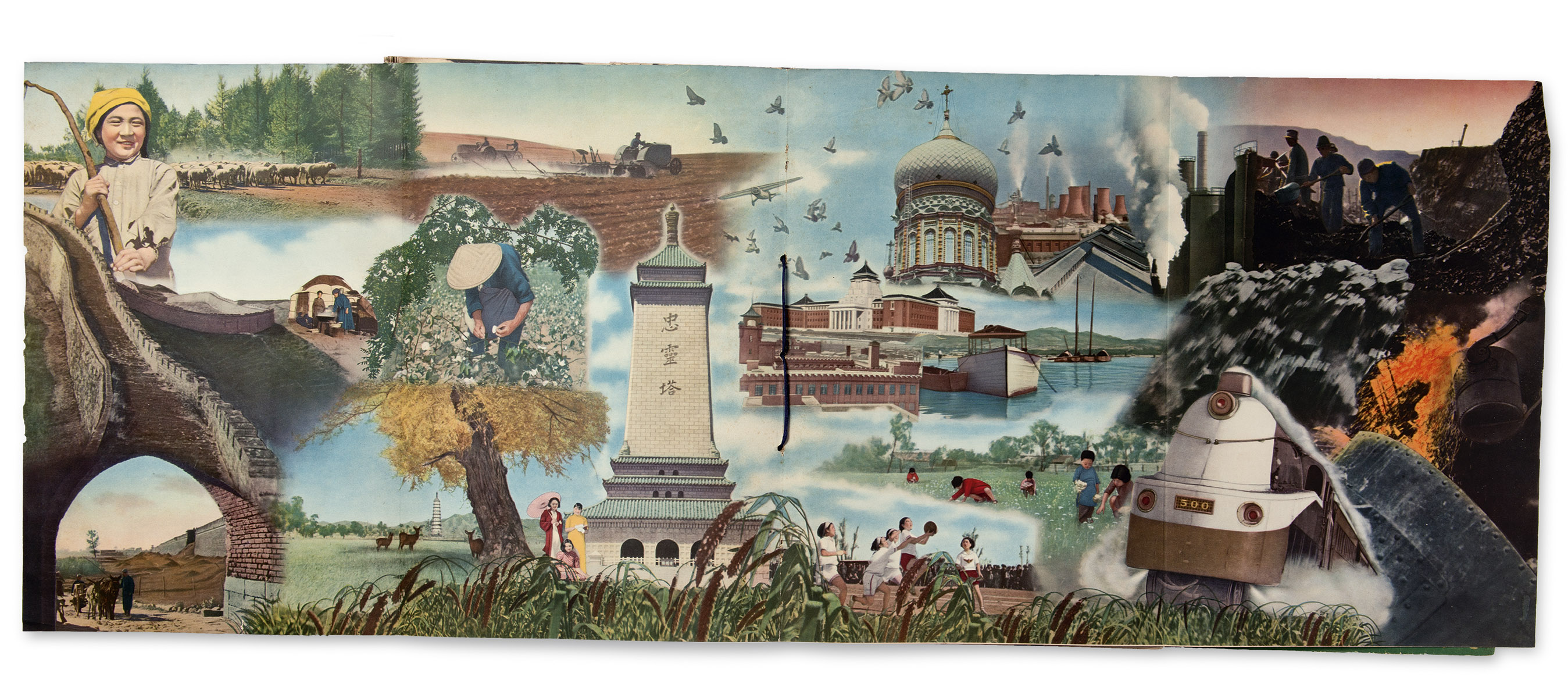
Interior selection from Gli Impressioni di Manchiu-Cuo (Impressions of Manchukuo), documenting the visit of an Italian 6 delegation sent courtesy of Benito Mussolini. Liaoning Province, China: Manchukuo Imperial Government, 1938. From The Chinese Photobook(Aperture, 2015).
Parr was drawn to the subject by an interest in propaganda, and of course there’s plenty of that to be seen here. Earlier in the twentieth century, publishers printed “pictorial records and reviews” to help wartime disasters and victories live in the national imagination: battles, bombings, fires, all of them carefully, precisely memorialized to teach the public how to tell its story. Later, there are lush, bright collections of photos that helped birth the social-realist tradition—paeans to the architecture and landscape of Communist China, delicately altered portraits of Chairman Mao. (Admire the supreme, Party-line forthrightness of these titles: Recent Photographs of the Great Leader of the Chinese People Chairman Mao,Grand Military Parade at the Inauguration of the Central People’s Government of the People’s Republic of China,China’s Women Workers.) And there’s at least one instance of a photo book as an act of diplomacy: a bilingual collection from 1938 documenting the visit of an Italian delegation sent by Mussolini, meant to shore up relations between those countries.
The zenith of the propaganda books was China Traffic Police, a 1989 publication from Shanghai’s Traffic Administration Bureau that presents immaculate portraits of the fuzz in action, all of them dressed in spotless white uniforms with kid gloves, epaulets, peaked caps, the works. These photos elevate routine police-work to a sacred calling—“civilised on duty,” one caption reads. In another picture, a natty cop, his face reflecting nothing but emotionless public service, salutes an errant driver: “SALUTE BEFORE CORRECTING THE OFFENCES.” Then there’s a collage of skywalks: “Outstanding Examples of Skywalk.” It’s an exaltation of authority and discipline so foreign as to seem surreal.
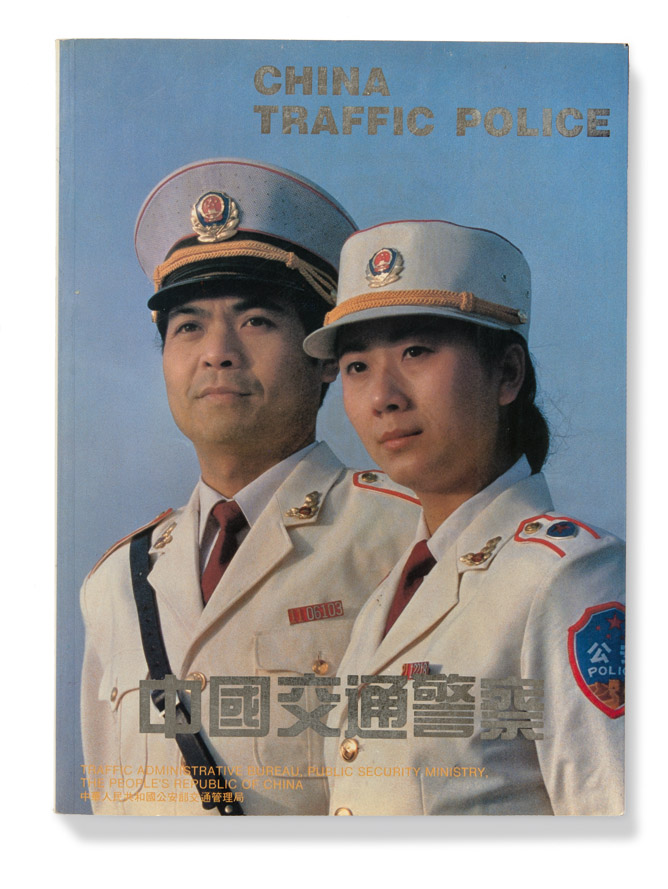
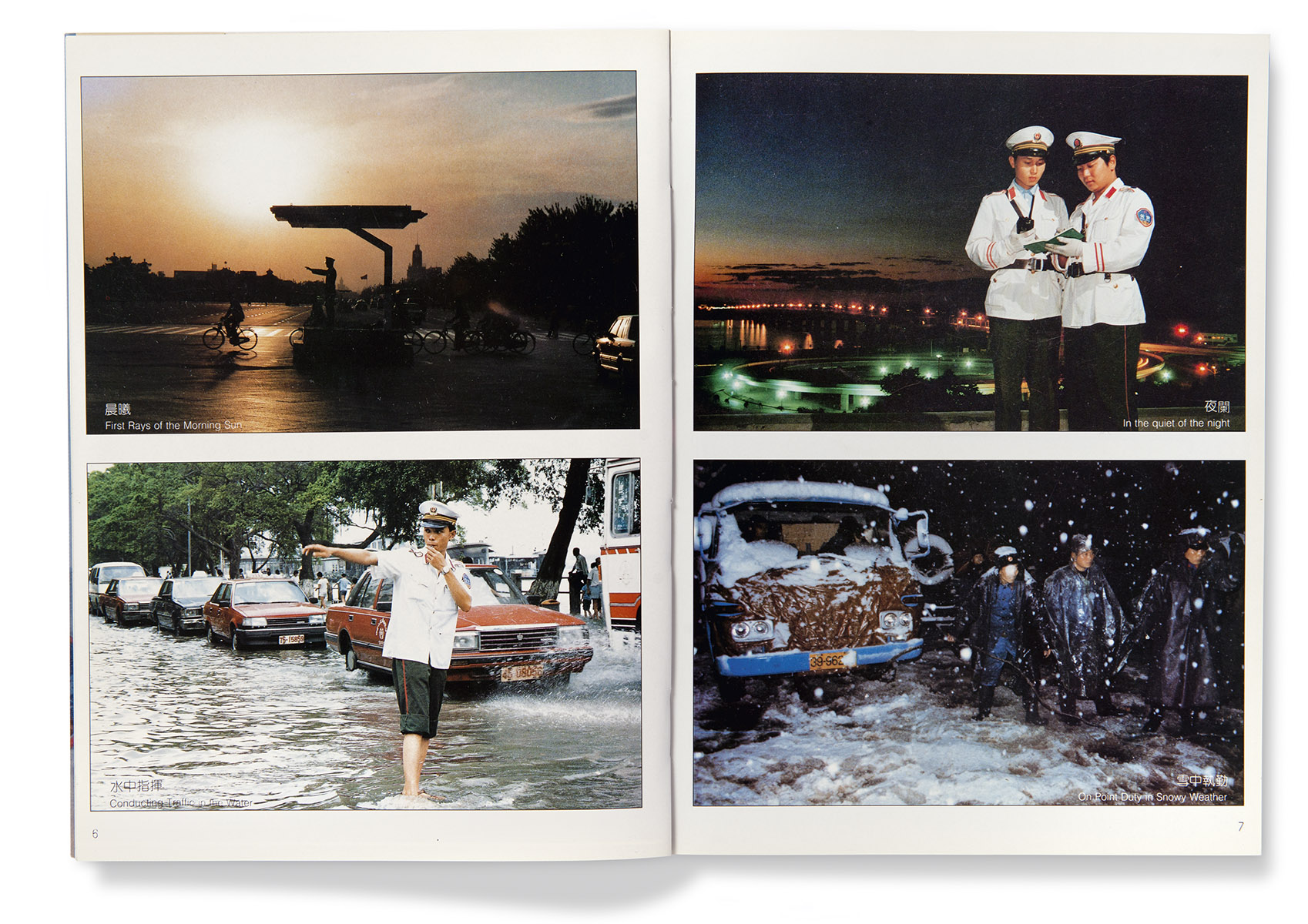
Cover and interior selection from China Traffic Police. Shanghai: Traffic Administration Bureau, Public Security Ministry and Shanghai Joint Publishing Company, 1989. From The Chinese Photobook(Aperture, 2015).
Another group of photo books aimed to subvert propaganda—most hauntingly in Chairman Mao Is the Red Sun in Our Hearts, from 1967, which collects photos secreted away by one of the documentarians of the Cultural Revolution. He hid his negatives beneath his floorboards instead of destroying them, thus preserving a record of the Party’s ruthless manipulation. His photos show how certain political figures, once members of Mao’s inner circle, were literally erased from history. There are smaller acts of sedition, too: a pocket-size book of pornography, for example, printed quietly after hours and distributed as samizdat.
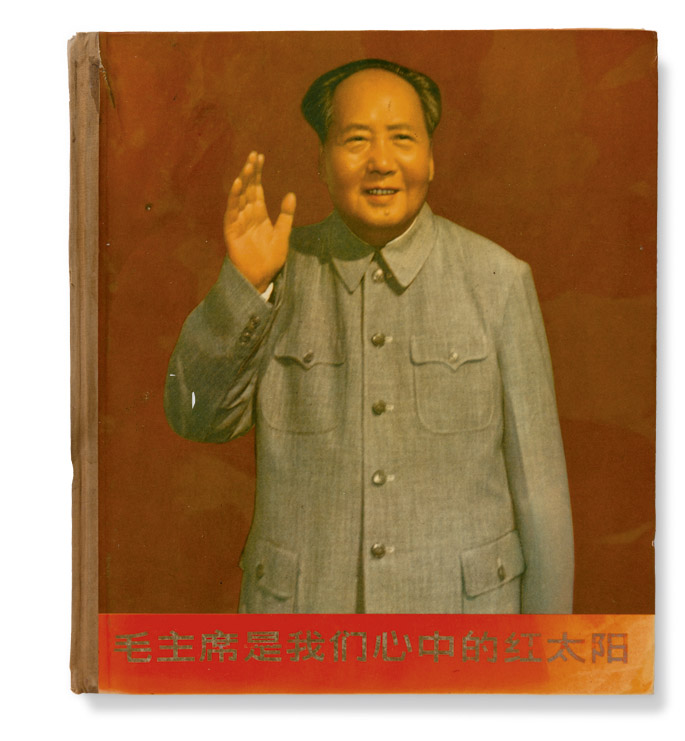
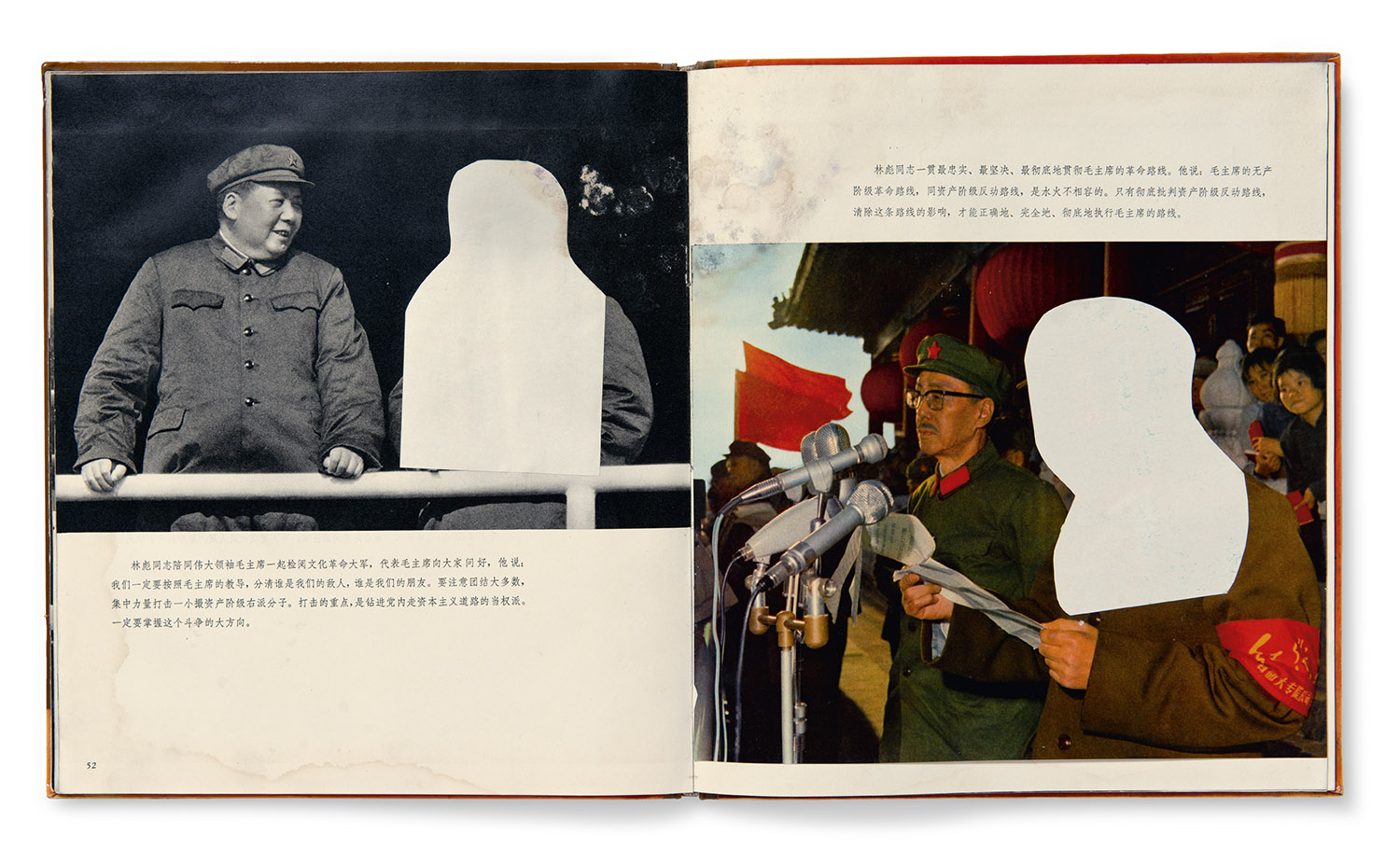
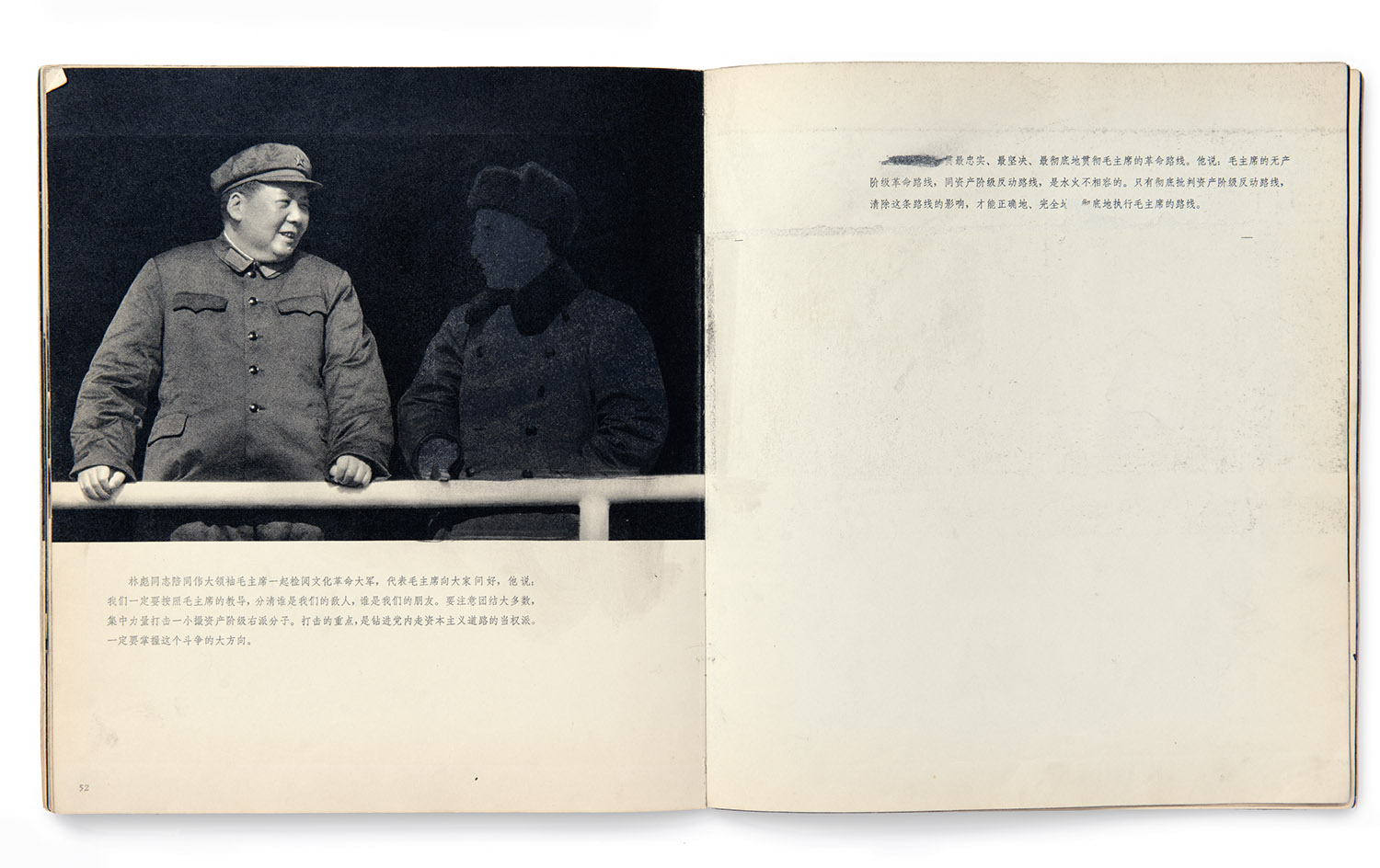
Cover and interior selection from Chairman Mao is the Red Sun in Our Hearts. Beijing: People’s Fine Arts Publishing House, 1967). From The Chinese Photobook(Aperture, 2015).
And then there are some puzzling anomalies. A 1982 collection, The Hairy People of China, shows exactly that: page after page of hirsute Chinese. One of the exhibition’s artier books was opened to a picture of a man standing in the snow in a Speedo, clutching a pair of snowballs to his nipples, with a companion nearby in a pool of presumably frigid water. (“Winter swimmers in icy snow land,” the caption read.) It’s also illuminating to see China’s photographers exoticize the West; a book called America: A Chinese Photographer in Americadepicts a sunbather in Santa Monica with a strange blend of candor and distance, as if capturing a rare species in its native environment.
The more you see, the more it seems that what’s preserved in these books is both arbitrary and necessary: “The Chinese Photobook” presents a patchwork history of China, but not an incomplete one. It’s also a study in the teleology of photography, or in the publication of photography: it makes essential points about what groups of pictures mean when you bind them together in books. It’s a chronicle of photo books’ unique capacity to commemorate, instruct, provoke, and mislead.

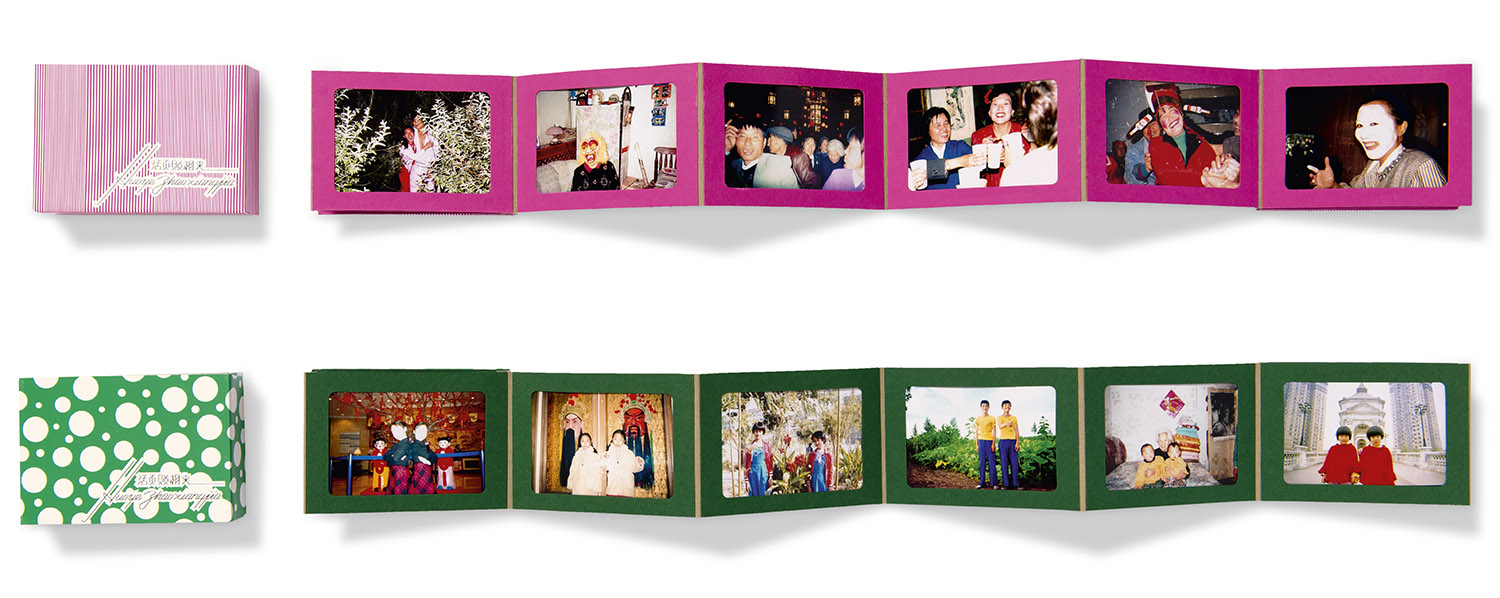
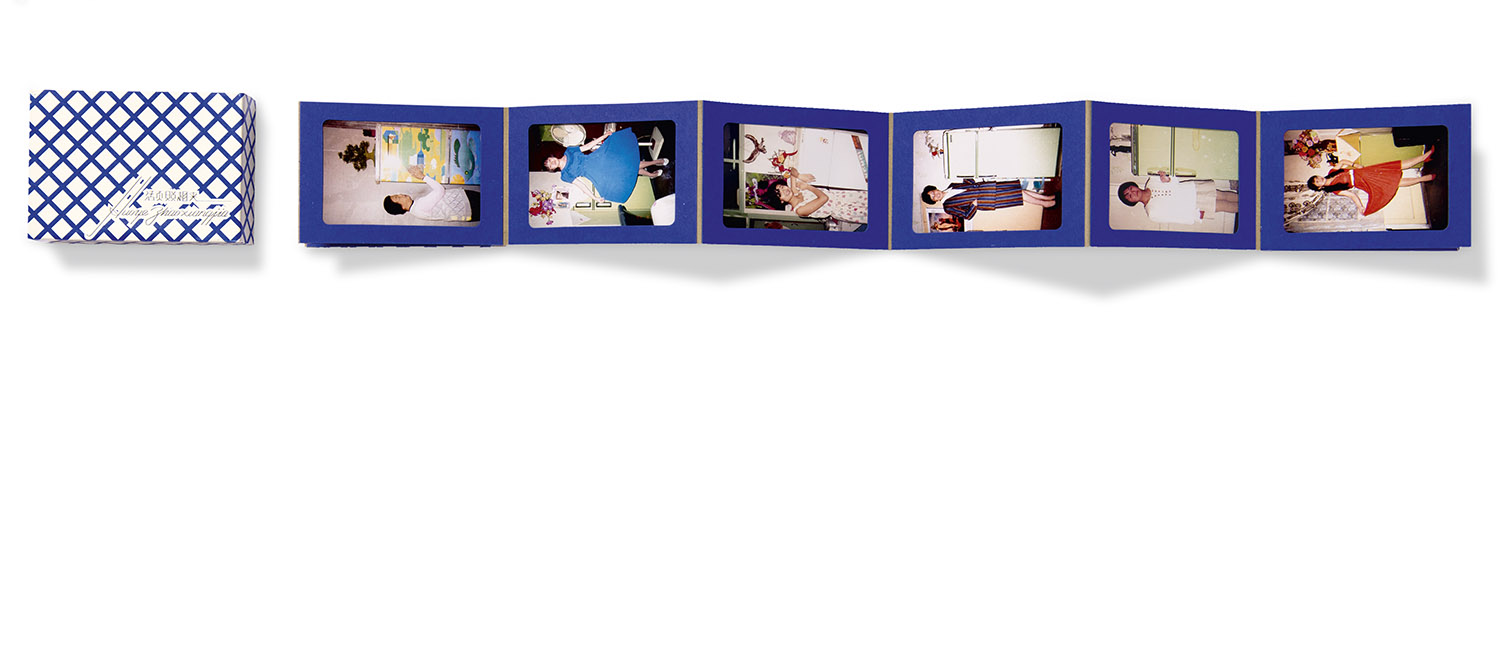
A selection of four album-style books, each including original prints, from the five-volume set published as part of the Silvermineproject by Thomas Sauvin. London: Archive of Modern Conflict, 2013. From The Chinese Photobook(Aperture, 2015).
“The Chinese Photobook” is at Aperture Gallery through April 2; after that it heads to Beijing, and then to London. In June, Aperture will collect a series of the images in a book by the same name.
Dan Piepenbring is the web editor of The Paris Review.
Search
Categories
Latest Posts
Man Out of Time
2025-06-25 23:24Best Windows laptop deal: Save $250 on the Asus Zenbook A14
2025-06-25 23:12Lego free Planet: How to get free Lego for World Play Day
2025-06-25 22:57Use Your Gaming Laptop and Play On Battery Power? Is It Possible?
2025-06-25 22:55Dreams Deferred
2025-06-25 22:02Popular Posts
Antifascism and the Left’s Fear of Power
2025-06-25 22:46'Mormon Wives' star Whitney Leavitt shares MomTok video essentials
2025-06-25 22:20A tiny star gave birth to an absolute giant. Scientists are puzzled.
2025-06-25 22:13Revisiting the Radeon R9 280X / HD 7970
2025-06-25 21:17News from Nowhere Episode 10
2025-06-25 20:55Featured Posts
You’re a Monster, Mr. Trump
2025-06-25 23:08Save 45% on the Anker Solix C1000 portable power station
2025-06-25 23:02Italy vs. Romania 2025 livestream: Watch U21 Euro 2025 for free
2025-06-25 22:15How to watch the 2025 U.S. Open live online
2025-06-25 21:56A Rich Fable
2025-06-25 21:55Popular Articles
Transfer Steam Games to a New Drive Without Redownloading
2025-06-25 23:27Apple visionOS 26 brings new experiences to Vision Pro headsets
2025-06-25 22:01Best robot vacuum deal: Save 42% on the Eufy E20 3
2025-06-25 21:14Hinge partners with Esther Perel for new prompts
2025-06-25 21:12Cardinal Cons
2025-06-25 21:08Newsletter
Subscribe to our newsletter for the latest updates.
Comments (2757)
Expressing Aspiration Information Network
Don’t Give Up on Universities
2025-06-25 23:21Ignition Information Network
Apple visionOS 26 brings new experiences to Vision Pro headsets
2025-06-25 23:20Visual Information Network
Final Fantasy XV Mega CPU Battle
2025-06-25 22:44Fun Fight Information Network
Why You Can't Buy Books from the Kindle app on iPhone or iPad in 2018
2025-06-25 21:50Time Information Network
Kanye Unbound
2025-06-25 21:17